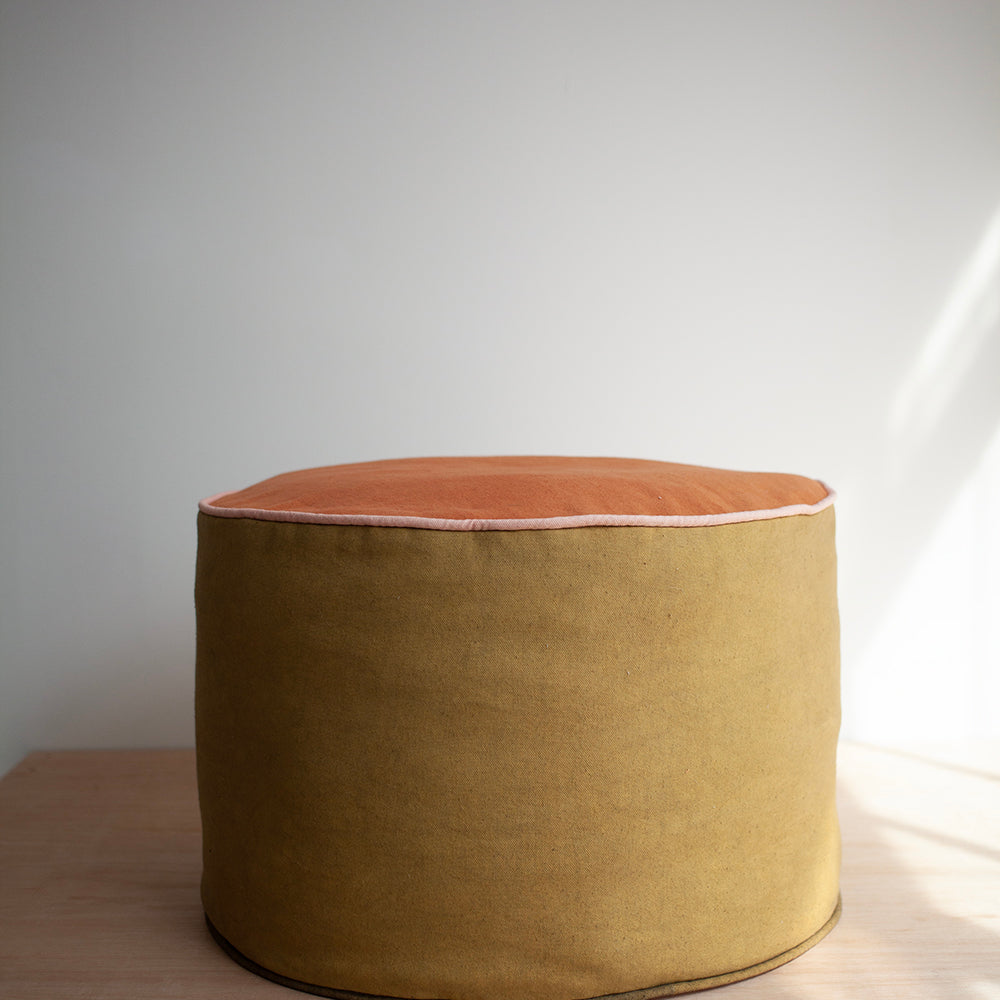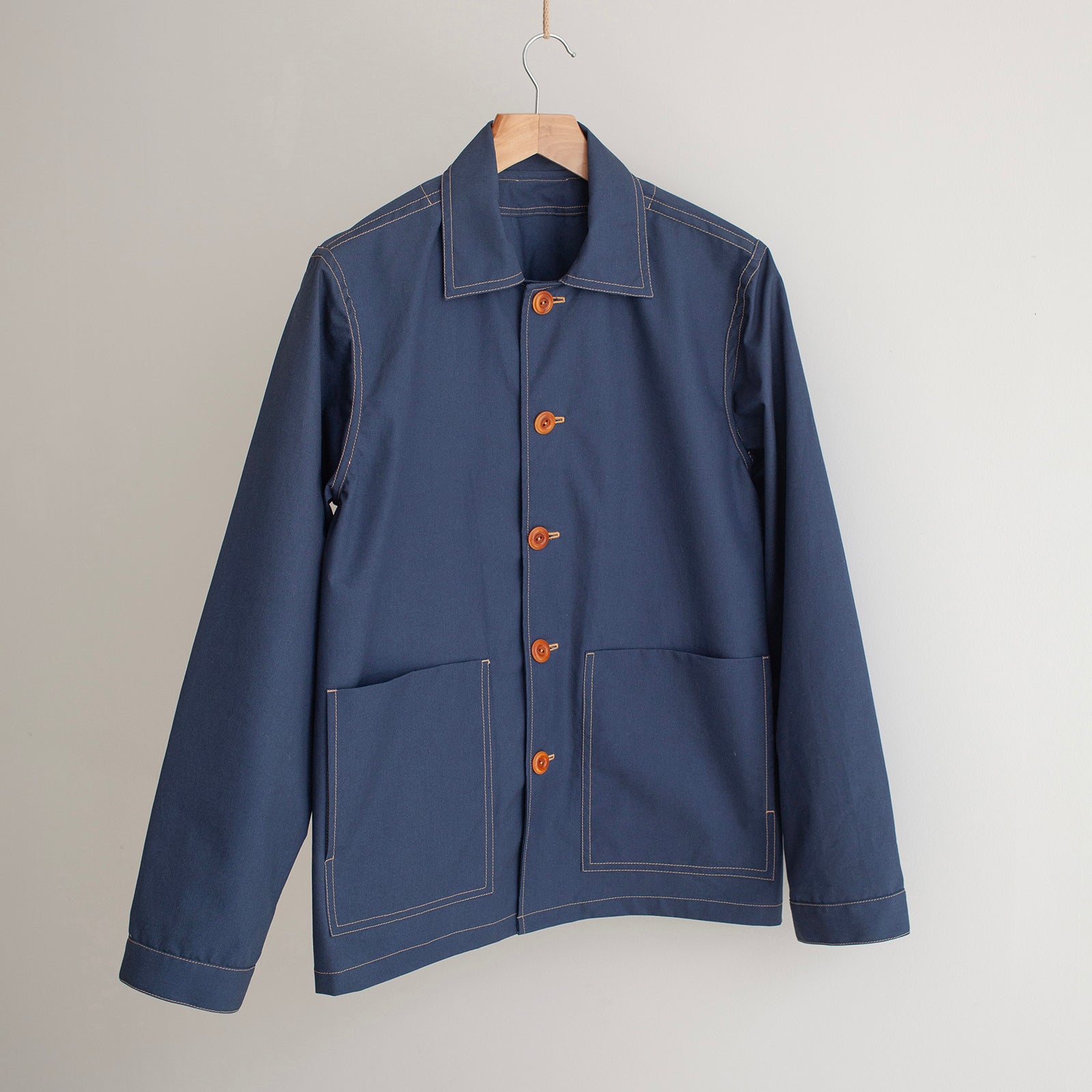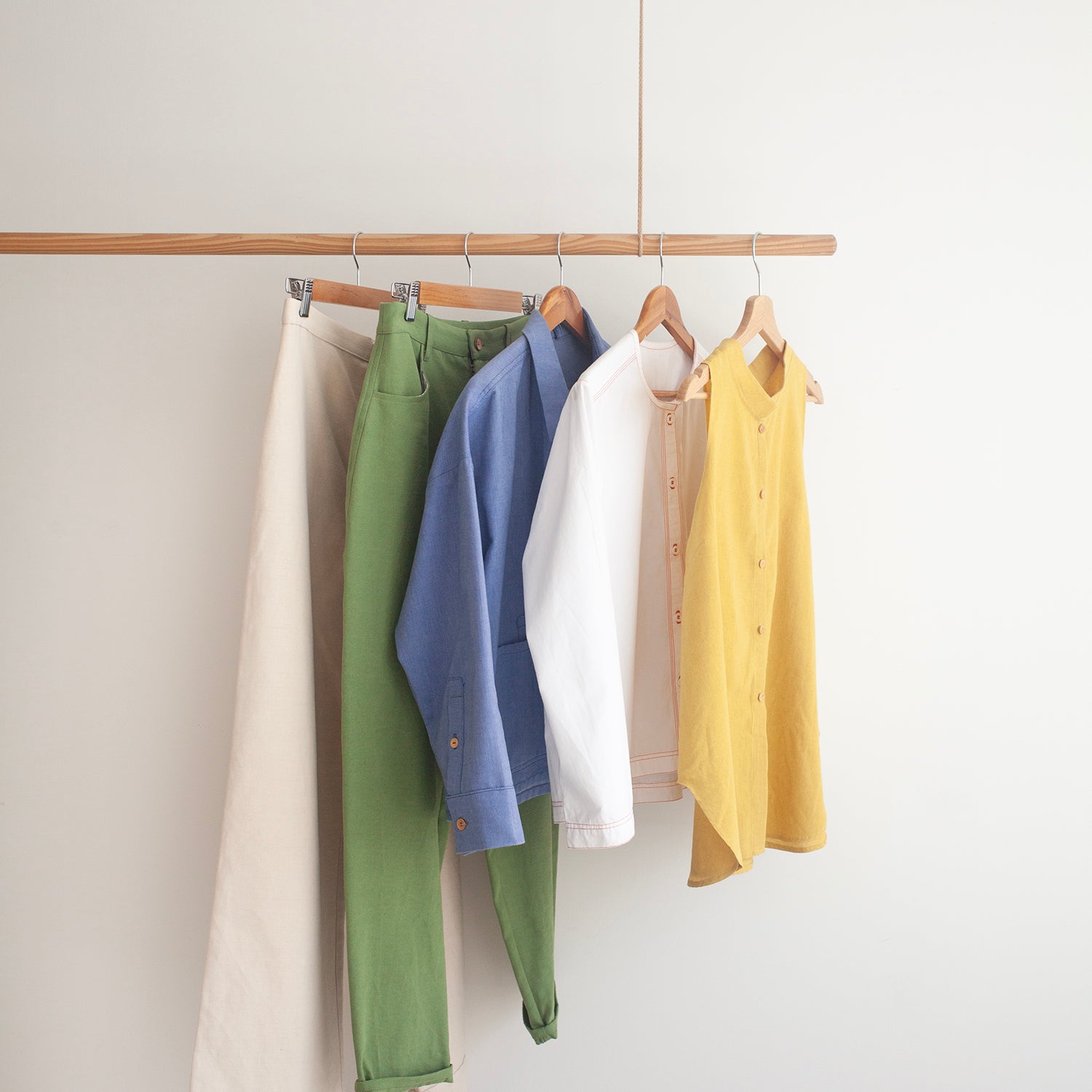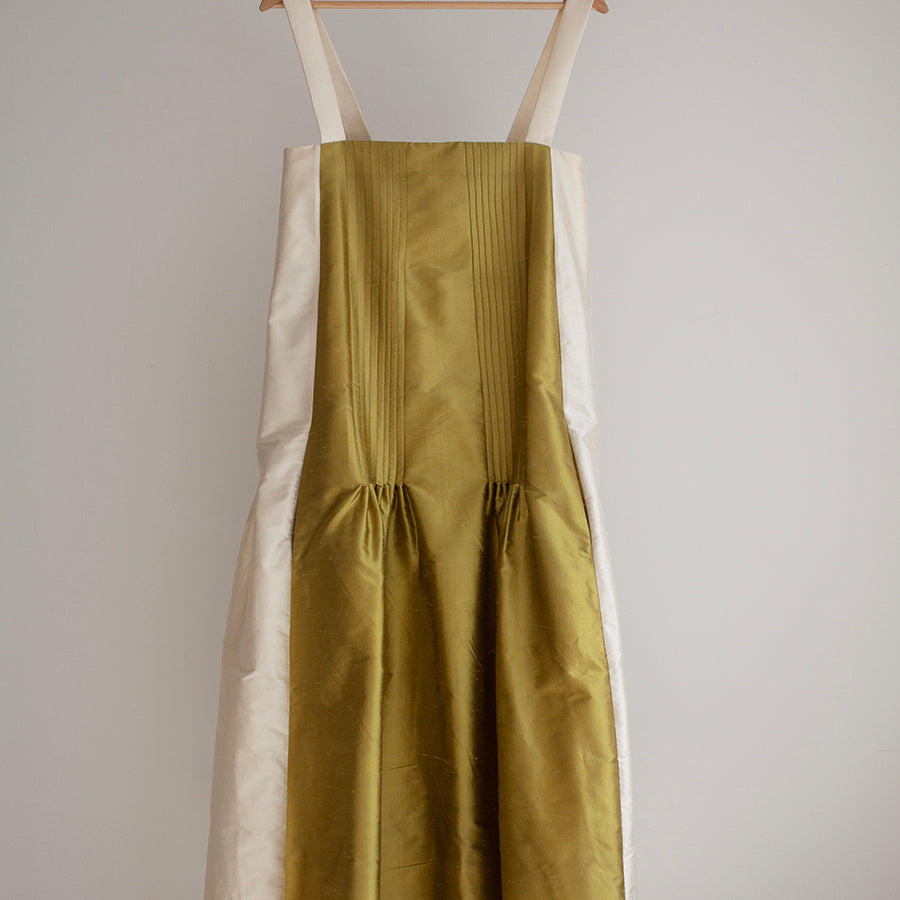
In making our Darcy Coat workshop, I made the Darcy Coat in this beautiful rich aubergine dry oilskin cotton as an example for the shorter unlined version of the design (sneak peek!).
The step-by-step guide, which features this make, includes:
- Tips on how to work with waxed cotton
- How to sew a gusset pocket
- How to french seam your arm holes
- How to apply snap fastenings
- How to finish the facings for a clean, professional look

The unlined version coat works really well in dry oilskin/waxed cotton, and it's much easier to sew with than it sounds. Waxed cotton is a great option for a Darcy Coat since its structure and lightweight properties make it the perfect windproof and water-resistant shell.
I also enjoy using this fabric because you can still iron it to get a professional finish (you can iron dry waxed cotton on a low/medium setting). If you want to use a more heavy waxed cotton, you may need a special barrier lining to stop the oilskin from transferring to your lining or clothes.

Adding corduroy features is a really easy way to elevate this pattern with an amazing visual impact. We happened to have a similar coloured corduroy in the studio so we decided to use corduroy for the following pieces:
- top collar piece
- inside collar stand
- front facing
- back neck facing
- sleeve tabs
- lining of the pocket flap
- cuff facing

I love the freedom of using scrap fabric creatively while also reducing waste - this corduroy was leftover from a pair of trousers! By using corduroy for these features we've accentuated some of the Darcy coat's best details.
The collar has that slight nod to a vintage feel but is really sharp and is a bit of a statement without it overwhelming the design. And in corduroy, the collar has that classic Barbour-inspired look, plus it’s softer on your neck.

Both fabrics are 100% cotton and easy to handle and sew with; they press well and hold their structure really nicely, as well as being comfortable and stylish to wear. The contrast between the crisp waxed cotton and soft textured corduroy has a really beautiful effect, even when the colours are very similar.
If you're planning on adding corduroy to your Darcy Coat, make sure you cut the corduroy with the pile running in the same direction for all of your pieces.

In the Darcy Coat Workshop you'll get a step-by-step photo guide for creating an unlined coat with a gusset pocket, alongside the full video tutorial which focuses on the fully lined version. In this workshop you'll cover such a broad range of skills that will help you to create many different versions of this pattern.


Looking to make your own Darcy Coat?
The Darcy Coat is one of our more complex patterns to sew but the bonus is that it's super easy to fit. It was designed so you can wear any number of layers underneath it - even that huge chunky jumper you rarely wear because you have to squeeze it into a jacket. I hate feeling restricted in my clothes, so the cut is intentionally oversized with just the right amount of volume and drapes off your shoulders to give you plenty of breathing space. It's the perfect balance of cosy and elegance.

- Long (trench) or short (bomber)
- Lined or unlined
- Three different pocket options: patch pocket, gusset pocket, welt pocket
- Optional sleeve tabs and pleats to fasten the wide sleeves tighter whilst adding functional detailing to the look
- Additional belt and belt loops

- A very detailed video tutorial (2.5 hours) for the most difficult construction combination: a fully lined Darcy with welt pockets
- Full step by step photo guide of the more accessible version: a wax cotton unlined Darcy with gusset pockets
- Guidance on choosing materials, shoulder pads and tools
- Full Upper Body Fitting Guide to make any adjustments
- An newly updated pattern (anyone who has already bought the pattern can download the new update).






